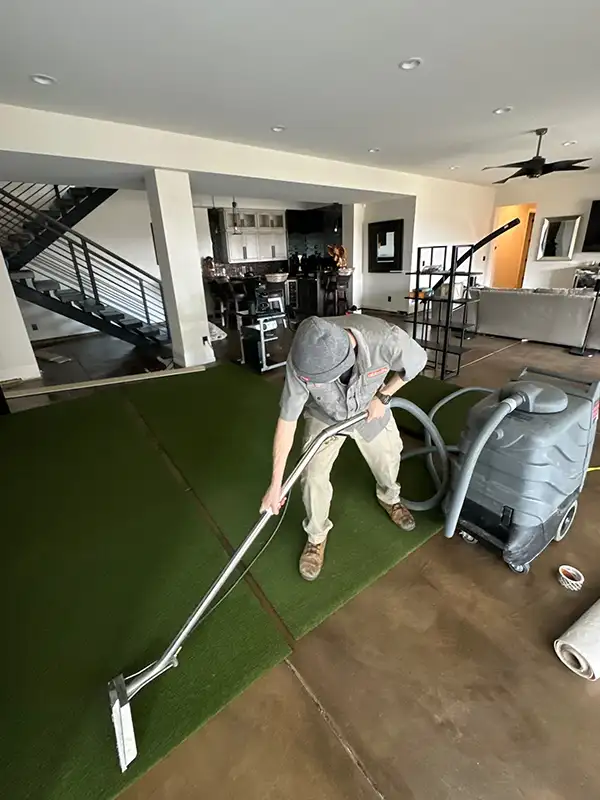Five Steps to Take When Snow Melt Causes Water Damage to Your Home or Business
As the Denver snow melts, it’s not unusual for homeowners and business owners to discover water where it doesn’t belong—whether it’s a minor leak or a full-on flood. If you’re facing water damage from snow melt, don’t panic, but don’t delay, either. Water damage only gets worse the longer it’s left untreated, so it’s important to take action right away.
At Abbotts Cleanup and Restoration, we’ve helped countless Colorado residents recover from water damage, and we’re here to help you too. Don’t wait—call us 24/7 at (303) 975-4000 or schedule an emergency response. Every minute counts when it comes to protecting your property from escalating damage.
Here’s a straightforward guide to help you handle the situation safely and minimize the damage as much as possible.
Step 1: Stay Safe
Before you start tackling the mess, make sure it’s safe to do so.
- Turn off the power: If there’s water near electrical outlets or appliances, turn off the power to avoid any risks of electrocution.
- Check for structural issues: Be on the lookout for sagging ceilings or walls, which could collapse. If anything looks unsafe, it’s best to stay out of the area.
- Wear protective gear: Waterproof boots, gloves, and a mask can help protect you from anything harmful in the water.
Step 2: Find the Source of the Water
If the water is still coming in, try to stop it at the source.
- Clear away snow and ice: Make sure melting snow isn’t pooling near your home’s foundation, and check that gutters and downspouts are directing water away from your property.
- Seal up leaks: For quick fixes, you can use plastic sheeting or even towels to temporarily block water from getting inside until you can get professional help.
Step 3: Start Removing the Water
The longer water sits, the more damage it does. Start getting it out as quickly as you can.
- For small amounts of water, towels, mops, and buckets can do the trick.
- A wet/dry vacuum can help with larger areas of standing water.
- If the flooding is deep, you might need to use a pump or call in help to get rid of it.
 Step 4: Dry Things Out
Step 4: Dry Things Out
Once you’ve removed the water, focus on drying everything thoroughly to prevent mold and further damage.
- Open up windows and doors to let fresh air in.
- Use fans and dehumidifiers to help dry out the space.
- Remove wet rugs, furniture, and belongings to a dry spot.
Even if everything feels dry, remember that moisture can hide inside walls or under flooring. That’s where professionals can make a big difference—they have tools to find and fix hidden water damage.
Step 5: Know When to Call for Help
While these steps can help you get started, some water damage requires expert care. Hidden moisture can lead to mold or weaken your home’s structure if it’s not addressed properly. If you’re feeling overwhelmed or unsure about the extent of the damage, don’t hesitate to call a local restoration expert for advice.
Water damage restoration is stressful, but you’re not alone. Professionals like Abbotts Cleanup and Restoration in Denver are here to help if you need them. Whether it’s answering your questions or stepping in to take care of the mess, there’s no shame in reaching out for support.
The most important thing is to act quickly. Water damage only gets worse with time, but by taking these steps, you’re already on the right track. Stay safe, and take care of yourself and your property—you’ve got this!
Contact Abbotts Cleanup and Restoration now to prevent further damage. Call us 24/7 at (303) 975-4000 or schedule an emergency response.

